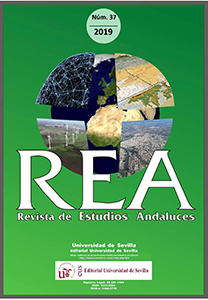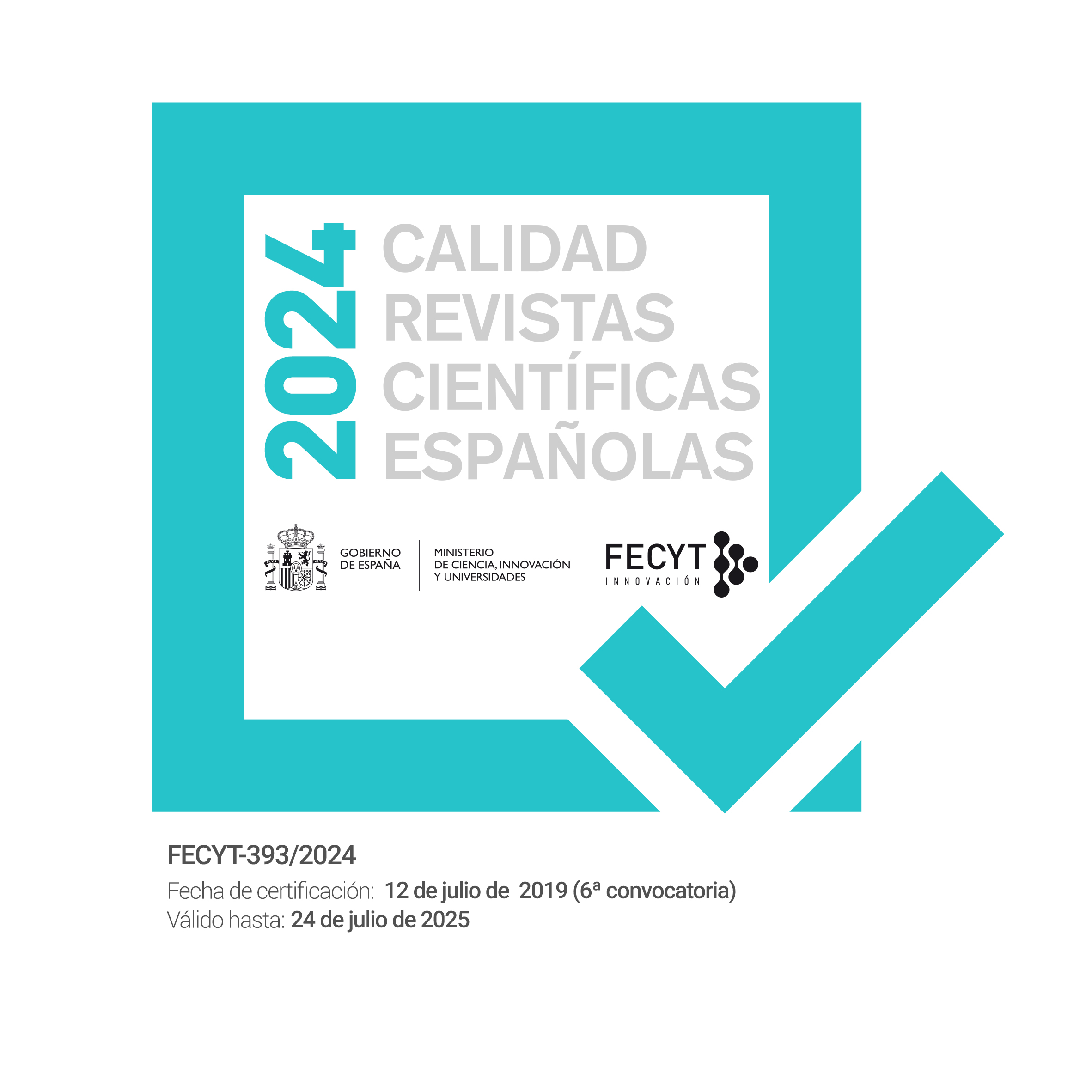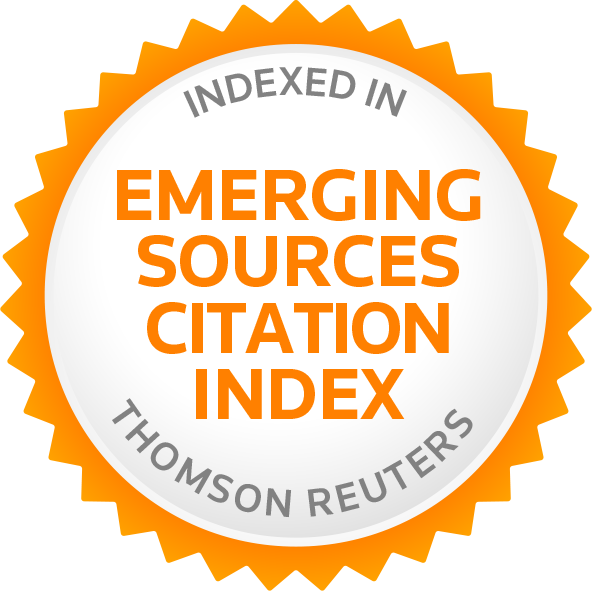Assessing High Speed Railway Service Areas in Spain Mainland from a Multi-method GIS Approach
Palavras-chave:
High-speed railway stations, three-step floating catchment area, territorial accessibility, high-speed rail service fairness, spatial planningResumo
The high-speed railway stations are the only access point to enjoy this rail service. Thus, its location and spatial distribution, and the roads to access them, acquires great importance. For this reason, taking into account the population of the Spanish peninsular municipalities, the degree of coverage offered by the 36 existing operating stations is determined. A methodology based on the method of determining floating catchment areas in three steps, is developed using territorial accessibility measures which were obtained through the network analysis tool offered by a Geographical Information System. The results represented by thematic cartography allow identifying the municipalities with the highest high-speed rail coverage. The municipalities with less coverage are also identified, where the road access of the residents in these municipalities to high-speed rail stations should be improved.
Downloads
Downloads
Publicado
Como Citar
Edição
Seção
Licença
La edición electrónica de la Revista de Estudios Andaluces se ofrece en acceso abierto desde el número 28 publicado en 2011 hasta la actualidad. Las ediciones impresa y electrónica de esta Revista son editadas por la Editorial de la Universidad de Sevilla, siendo necesario citar la procedencia en cualquier reproducción parcial o total.
La Revista de Estudios Andaluces no cobra tasas por el envío de trabajos, ni tampoco cuotas por la publicación de sus artículos. La Revista es gratuita desde el momento de la publicación de cada número y sus contenidos se distribuyen con la licencia “CreativeCommons Atribución-NoComercial-SinDerivar 4.0 Internacional” , que permite al usuario de la Revista de Estudios Andaluces criterios que cumplen con la definición de open access de la Declaración de Budapest en favor del acceso abierto. Puede consultar desde aquí la versión informativa y el texto legal de la licencia. Esta circunstancia ha de hacerse constar expresamente de esta forma cuando sea necesario.
##plugins.generic.dates.accepted## 2019-02-19
##plugins.generic.dates.published## 2019-02-25
- Resumo 182
- PDF (English) 88







